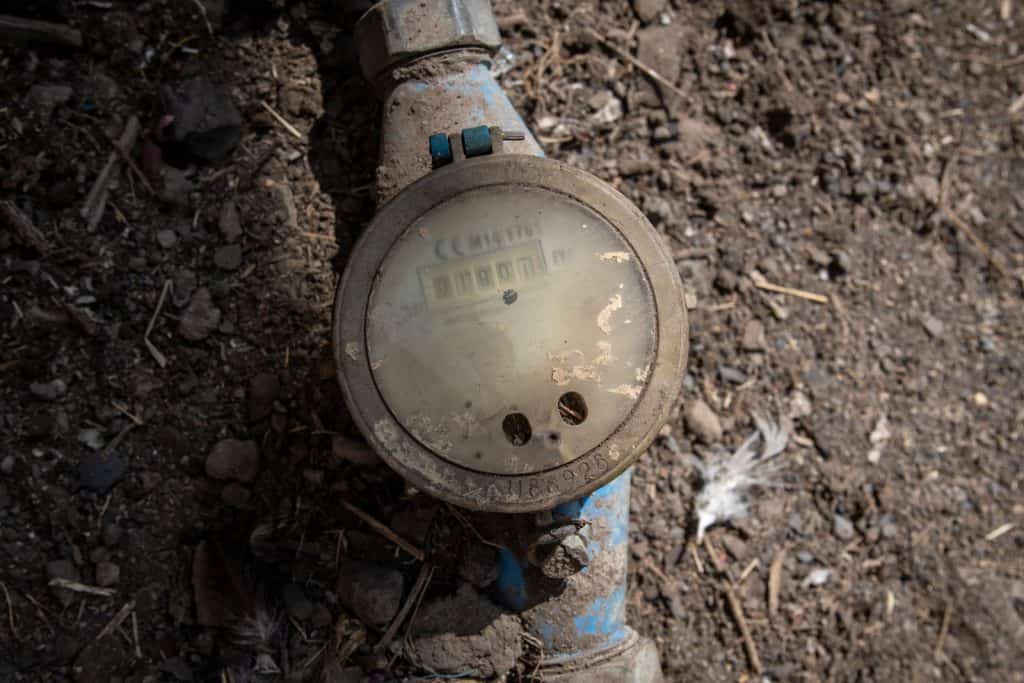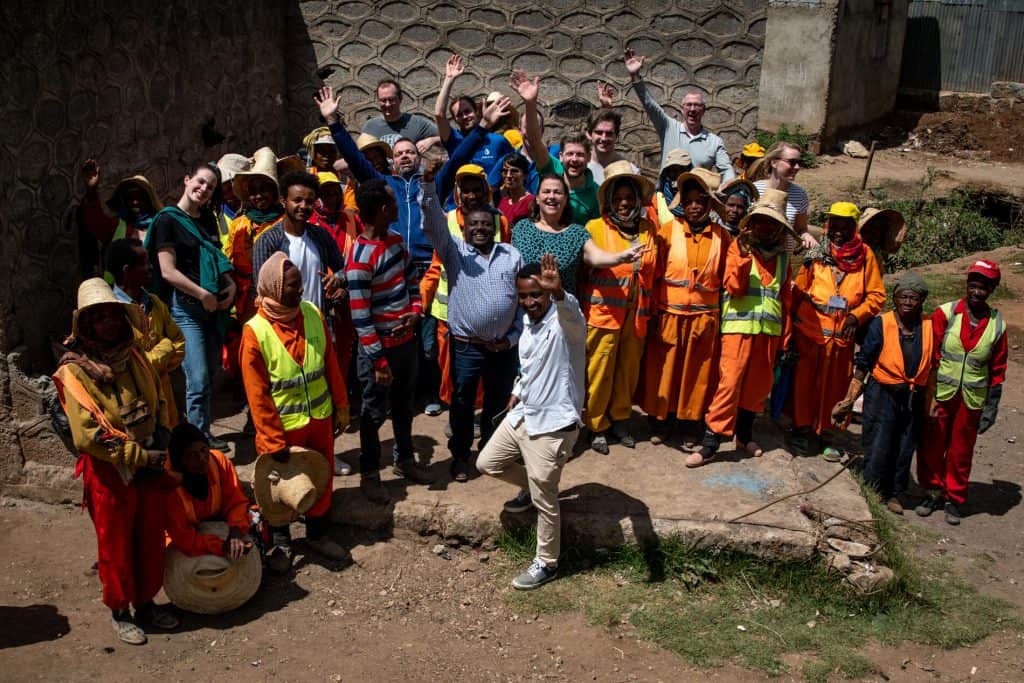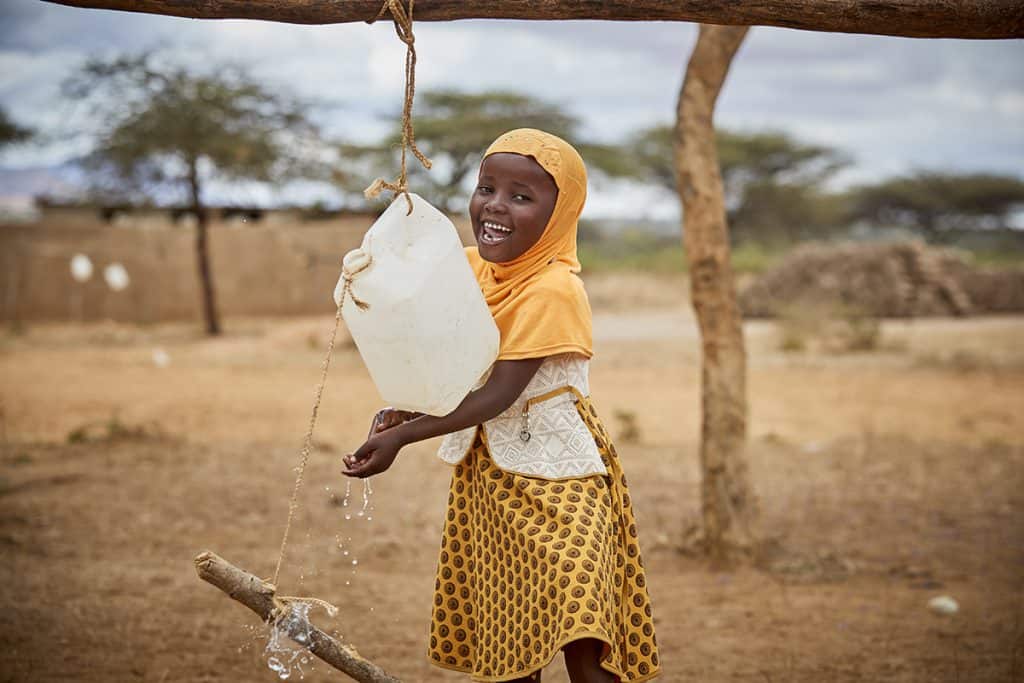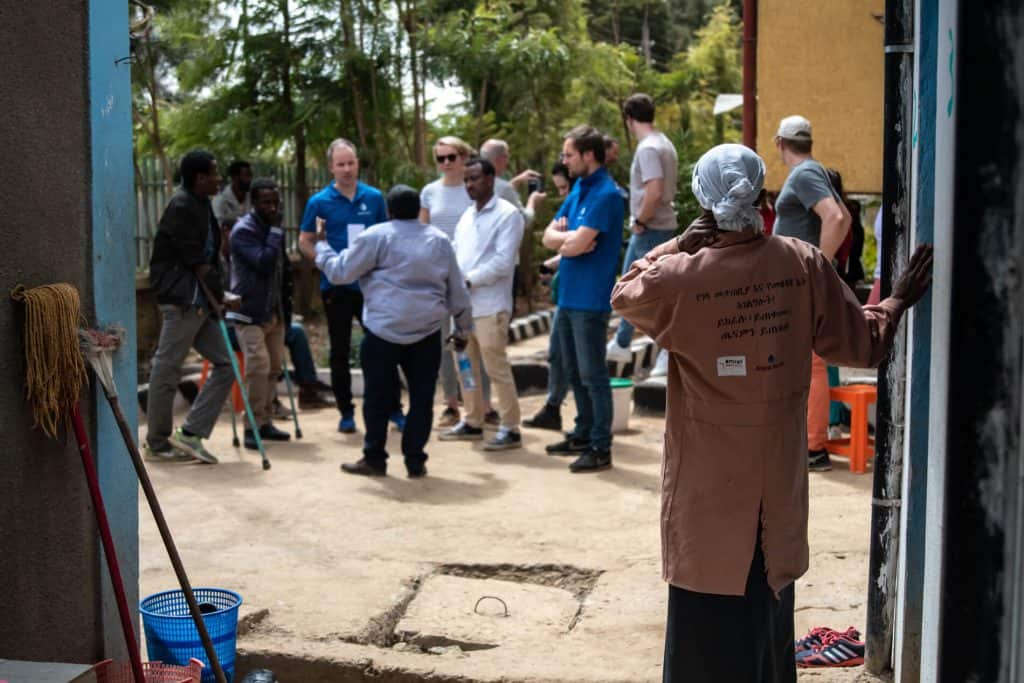10 billion litres on World Water Day 2022?
10 billion litres on World Water Day 2022?
Like every year, we will also announce our meter reading on World Water Day this year. Despite the various lockdowns, have we still reached the magical limit of 10 billion litres of clean drinking water?

The past year
Unfortunately, 2021 was also affected by the Corona crisis, which meant that our ambassadors in the catering industry in particular were able to donate less. Nevertheless, we were able to invest as much in our projects as in 2020!
Fortunately, the negative impact on our water projects has been very limited and behind the scenes we have been able to spend our time well by working on various new developments such as deposits at Schiphol and the Bottle Made Blue.
We look forward to 2022 without lockdowns in which we will continue to grow internationally with international ambassadors such as CWS, Castalie and Kenter.
10 billion litres?
Have we reached the magical 10 billion litre mark? Yes! If we add up all donations up to and including World Water Day, March 22, we come out slightly higher than 10 billion litres of clean drinking water and we are proud of that!
This impressive meter reading was achieved thanks to the contribution of more than 400 ambassadors. These are companies that reflect their water savings or consumption in our program One litre for one litre, but also many hospitality entrepreneurs who put the best water on the table for the world.
We also include the various water coolers in offices and all donations linked to our reusable bottles. Finally, more and more private individuals are donating clean drinking water via our site or, for example, tap points.

Our meter reading
17,050,329,976 LITRES
We have already achieved so much clean drinking water in developing countries and that has more impact than you think:
Women have time to work again and children can go to school, giving them a better chance of a better life later. People no longer have to cut down trees to boil dirty water and it is no longer necessary to buy disposable bottles.
233.566
people got access
119.352
tons of CO2 saved
170.503
tons of plastic waste prevented
2.557.549
trees saved

How much is that exactly?
10 billion litres sounds like a lot of water, but how much is it really? Converted it means that we: provide 137,290 people with 20 litres of water per day for at least 10 years or longer. That is more than the inhabitants of Zwolle, Leiden or Maastricht, for example.
20 litres is enough for a person in a developing country to drink, cook and wash safely. We base this on a United Nations standard. That 20 litres is really the bare minimum because in fact 50 to 100 litres of water would be needed to stay healthy and safe.
In practice, in our projects we calculate the number of people who have access to water and multiply that by the standard of 20 litres. In practice, we make many more litres available because more than 20 litres are often used per person.
For 10 years?
We calculate access for 10 years, but we do everything we can to ensure that this may be 100 years in practice. For example, for every project we provide a maintenance committee with members from the local community and people often have to pay a small contribution so that they can save for maintenance and repairs.
We choose to work in relatively stable regions where there are no conflicts that could threaten the water supply. We also include a risk margin in our calculations in case something unexpectedly goes wrong.

Contribute to our mission too
You can also help with our mission: clean drinking water for everyone.
This can be done in many more ways than you think, for example simply by shopping.
Or go out for a nice meal and have a glass of water.
You might want to read these updates too:
We already invested €1,000,000.-
After five years, we can proudly announce that we have already invested 1 million in drinking water and we will double that in the short term.
Read moreHow are things now in Dembiya, Ethiopia?
It has been two years since we completed our project in Dembiya, Ethiopia. How is it there now? And what about other projects?
Read more